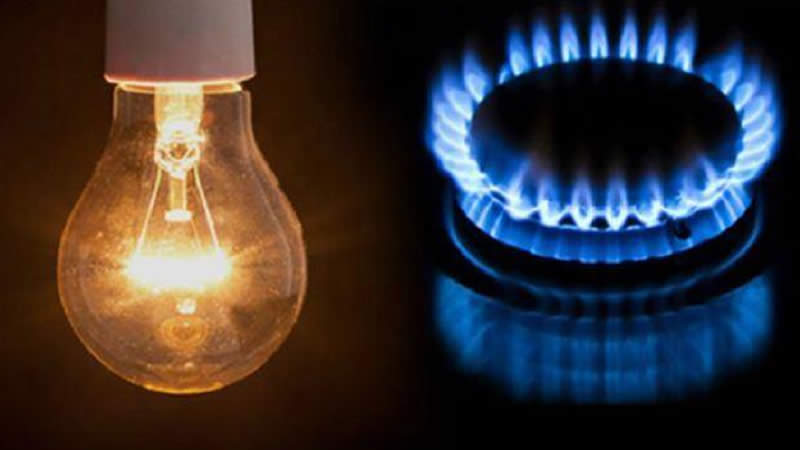Energy tariff is the amount charged for energy supplied. Energy tariffs typically vary depending on your type of meter and who your energy distributor is. You may be charged less as you use more energy, or you may start with low rates and be charged more as your energy consumption increases – this all depends on your energy tariff.
Tariffs may also vary based on particular seasons or times that power is used. Different tariffs have different pros and cons, some of which can be identified through the use of an energy comparison site like Econnex Comparison. There are two possible charges for your energy tariff: fixed and variable charges.
Fixed Charge
The fixed charge is often referred to as “service to property” or “daily supply.” The daily supply charge is a daily charge to deliver energy to consumers. As long as the property in question is connected to an energy distributor, you will pay a daily rate (this is usually displayed on your energy bill as “cents per day”). Thus, if you are on a fixed charge, your tariff is not based on how much energy you consume but on the fixed charge set by your energy supplier.
Variable Charge
Variable charge is commonly referred to as “consumption” or “usage” charge. This is the amount charged for each unit of electricity and gas consumed. Variable charges are usually listed on bills as cents per megajoule (c/MJ) for gas and cents per kilowatt-hour (c/kWh) for electricity.

Different Types of Variable Charges
It is important to remember that all energy suppliers do not provide some tariffs, nor are they available in every state. However, you can check and compare electricity rates through comparison sites like Power to Choose Fort Worth. Thus, upon completion of energy comparison, you may find that your preferred energy retailer does not provide the tariff you want. Keep in mind that you may require different meters for particular tariffs that are chosen.
1 – Single Rate Tariffs: Most residences in Australia are billed on a single rate tariff. A single rate tariff implies that you pay a single rate for energy usage at all times of the day and in all seasons of the year. A single rate tariff is a good choice for someone at home most of the time and uses appliances such as dishwashers and washing machines. Single rate tariffs are also known as standard rate, flat rate, and peak rate tariffs. Smart meters are not necessary to get a single rate tariff charge. Gas plans are only accessible with single-rate tariffs.
2 – Time-Of-Use Tariffs: This is the most cost-effective tariff plan for many households across Australia. A time-of-use tariff means that you are charged based on the energy you consume at different times of the day: off-peak, peak, and shoulder. Off-peak is charged when electricity has low usage and is therefore at its cheapest. Off-peak rates apply overnight. Peak rates are charged when electricity is at its highest because of high use, usually in the evenings.
Shoulder rates apply when electricity costs a bit less than peak rates. Electricity is cheapest early in the morning and late at night, but it is most expensive on weekdays in the afternoon and early evening.
3 – Controlled Load Tariffs refer to energy suppliers charging a stand-alone rate for energy used by specific appliances such as irrigation pumps, slab heating, and electric hot water systems. Such an appliance often has its meter and is usually run overnight. Thus, energy suppliers can charge controlled load tariffs at an off-peak rate. Controlled load tariff may appear on your energy or electricity bill as a “dedicated circuit.”
4 – Solar Feed-In Tariff: A solar feed-in tariff is one wherein customers receive a small credit to their energy bill every time their solar power system sends unused electricity back to the grid. Some energy comparison sites such as Econnex Comparison provide options for customers to indicate whether or not the property in question has a solar panel; this includes energy plans with a solar feed-in tariff.



